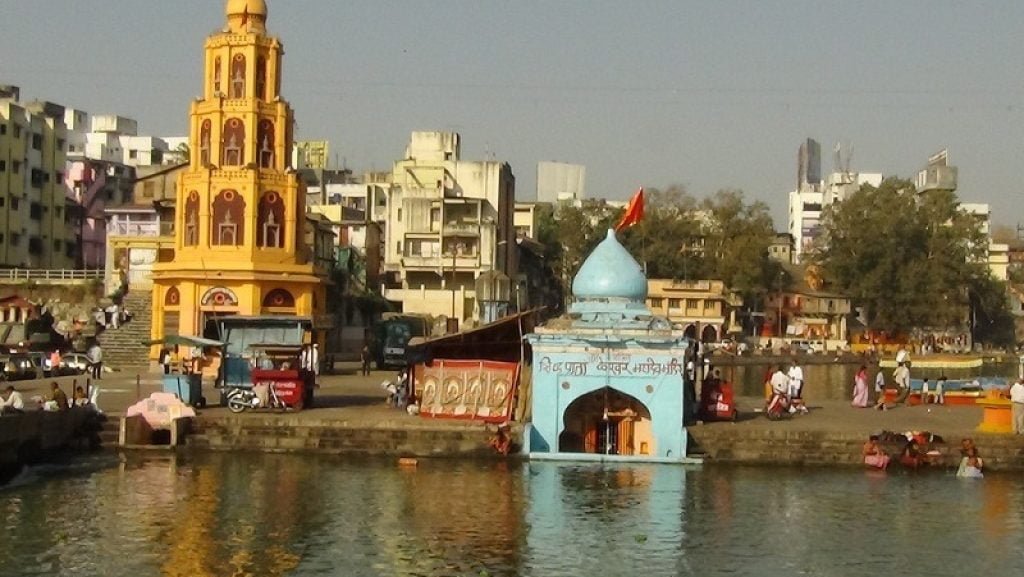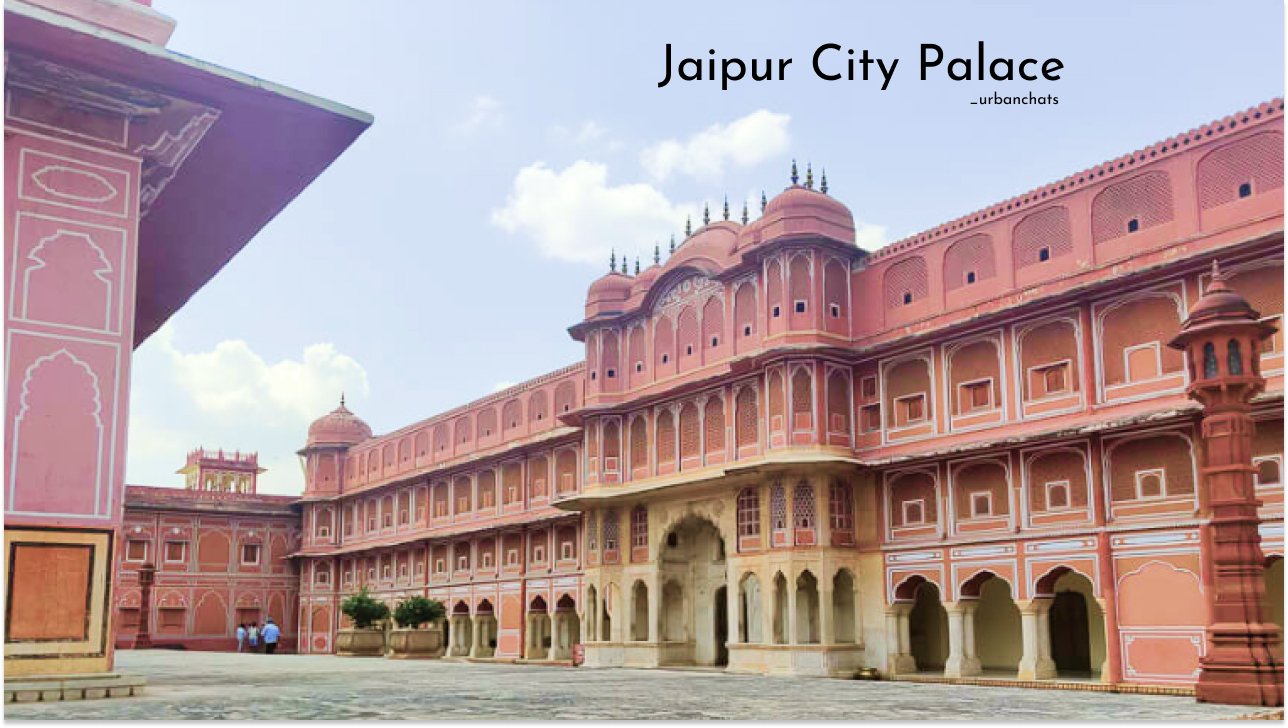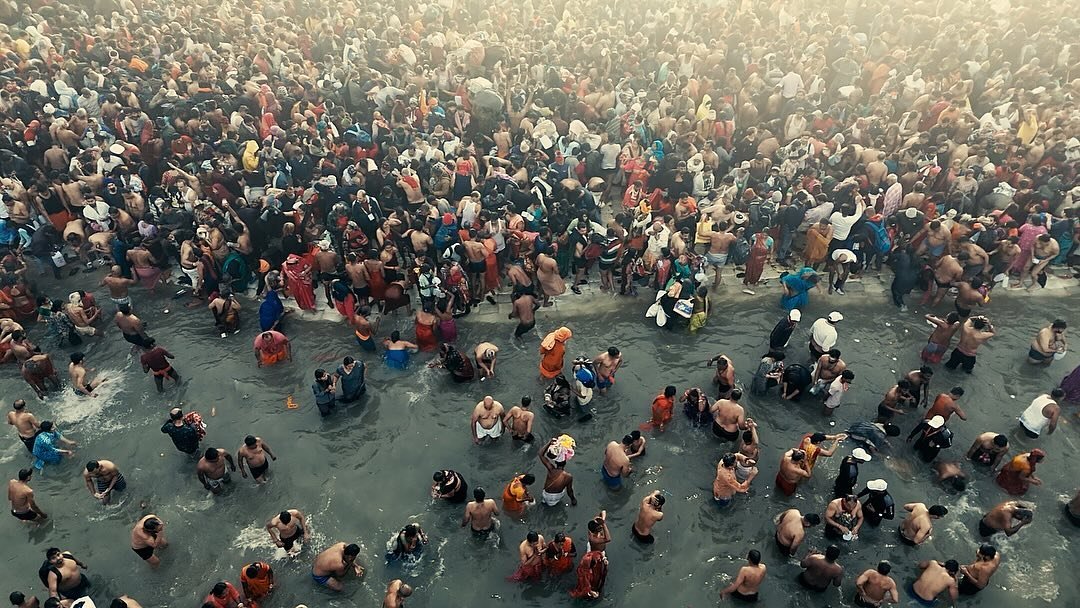A Panchavati Nashik Maharashtra Local’s Journey Through Divine History
Panchavati Nashik is my home where I was born, where I pray, where the air feels holy. Tucked by the Godavari River, it’s the sacred spot where Lord Rama, Sita, and Lakshman lived during their 14-year exile, a tale from the Ramayana that still echoes here. I’ve walked its paths, touched its stones, and felt a peace that’s hard to explain 100 years of Panchavati history blend with faith older than time. It’s not just a place; it’s a blessing. I’ve captured its quiet on vlog “Panchavati Explore” come along with me.

Why Panchavati Nashik Feels Sacred
I grew up in Nashik temples and rivers are my roots but Panchavati holds something deeper. Its name means “five banyan trees,” giants that stand tall by the Godavari, their roots a sign of strength. The Ramayana says Rama, Sita, and Lakshman found refuge here, surrounded by thick forests and flowing waters a haven in their exile. I’ve sat under those trees, the breeze soft, feeling their presence like they’re still watching over us. Panchavati Nashik is my sanctuary, a piece of divine history I carry close.

Parna Kuti: The Simple Home of Rama and Sita
Parna Kuti is where it starts a humble hut in Panchavati Nashik where Rama and Sita stayed. I stepped inside once, the mud floor cool under my feet, and pictured them there simple, devoted, strong. It’s not grand, but it doesn’t need to be; their love and sacrifice fill the air. I lit a diya, bowed my head, and felt grateful Panchavati history begins here, quiet and pure.
Duration: 1-2 hours time to pray and reflect.
How to Reach from Nashik: It’s 2 kilometers from Nashik CBS ₹30 auto, 10 minutes, or a 20-minute walk.
Lakshman Rekha: A Line of Love and Duty
Then there’s Lakshman Rekha the boundary Lakshman drew to protect Sita. I stood where it’s said to be, just earth now, but heavy with meaning. It’s about loyalty Lakshman’s promise to his brother and sister-in-law and it warms my heart every time. Families pass by, kids playing, yet the story lingers. In Panchavati Nashik, this line reminds me of the bonds we cherish.
Jyotirlinga and Rituals: Shiva’s Divine Light
Panchavati Nashik cradles a Jyotirlinga one of Lord Shiva’s sacred forms and it’s alive with devotion. I visited during Shravan, the temple humming with chants, incense curling upward. I joined the aarti, hands folded, as the crowd’s prayers wrapped around me blessings flowed like the river outside. It’s a place to connect, to seek peace, and I left with a calm I can’t describe.
Duration: 2-3 hours prayers deserve time.
How to Reach from Nashik: 3 kilometers from CBS ₹40 auto, 15 minutes.
Goda Aarti: A Riverside Prayer at Dusk



Every evening at 7 PM, the Godavari River glows with Goda Aarti a ritual that lights up Panchavati Nashik. I took my family last month, the sun setting, priests waving lamps in perfect rhythm. The water mirrored the flames, hymns rose soft and strong, and I joined in, voice shaky but full of faith. It’s a moment of grace crowds unite, hearts lift and it ties me to this sacred land.
Duration: 1-2 hours stay for the whole blessing.
How to Reach from Nashik: 1 kilometer from CBS ₹40 auto or 15-minute walk.
Sita Gufa: A Cave of Quiet Strength
Sita Gufa is a cave in Panchavati Nashik where Sita found shelter small, cool, and sacred. I slipped inside once, the dim light soft, and felt her courage wrap around me. The walls are rough, the silence deep I touched them and thought of her trials. It’s a place to honor her resilience, a whisper of Panchavati history that stays with you.
- How to Reach from Nashik: 3 kilometers from CBS ₹40 auto, 20 minutes.
- Duration: 1-2 hours pause and feel it.
Tapovan: Where Peace Meets the Trees
Tapovan’s my quiet corner a forested patch where sages once sat in prayer. I wandered in last year, leaves rustling, and found a spot to sit nature’s hum drowned out everything else. It’s green, serene, a slice of Panchavati Nashik where I can breathe and think. The old stories of meditation linger here, and I always leave lighter.
Duration: 2-3 hours let it soak in.
How to Reach from Nashik: 3 kilometers from CBS ₹50 auto, 20 minutes.
Kalaram Mandir: Rama’s Black Stone Haven

Kalaram Mandir stands proud in Panchavati Nashik black stone, built by the Peshwas, a home for Lord Rama. I went during Ramnavami, the air thick with chants, flowers everywhere. The temple’s solid 100 years of storms didn’t crack it and I stood inside, awed by its beauty and strength. It’s faith carved in stone, a heartbeat of this holy place.
- How to Reach from Nashik: 2 kilometers from CBS ₹40 auto, 20 minutes.
- Duration: 2-3 hours festivals make it vibrant.
Prime Minister Modi Rituals: A Modern Touch to Ancient Roots
In 2024, PM Modi came to Panchavati Nashik did rituals by the river, linking it to Ayodhya’s Ram temple buzz. I watched, proud this isn’t just old Panchavati history; it’s alive today. His prayers showed the world what I’ve always felt: this place still matters, still blesses.
Must Carry Things
Panchavati Nashik isn’t a trek, but it’s wise to come ready. I bring a water bottle 1 liter keeps me steady in the heat. A small prayer book or mala helps me join the rituals feels right. Comfortable sandals handle the paths I’ve worn out a pair here. A cap shields the sun mornings can glare. A light shawl’s good for evenings Goda Aarti gets cool. A bag keeps it all handy simple, respectful.



Explore Fuel: What Feeds My Soul
Faith fills me here, but food helps too. Street-side Poha near Kalaram ₹30, light and warm lifts me after prayers. A lassi stall by the river ₹40, sweet and cold soothes the walk. My aunt’s homemade prasad free, blessed tastes like love when I bring it along. It’s humble, like Panchavati Nashik itself.
How to Reach Panchavati Nashik (Beyond Nashik)
- From Mumbai: I’ve driven 167 kilometers 3.5 hours via NH160, ₹200 fuel. Trains to Nashik Road (₹100, 3 hours) plus a ₹50 auto work too.
- From Pune: 210 kilometers 4 hours by road, ₹300 fuel. Buses (₹150, 5 hours) drop you close.
Why Panchavati Nashik Stays With Me
Panchavati Nashik isn’t just a trip it’s a gift. I’ve prayed here, walked Rama’s paths, and felt 100 years of Panchavati history lift my spirit. It’s for anyone solo seekers, families, couples all welcomed by its grace. Been here? Felt the divine? Share below I’m back soon.











